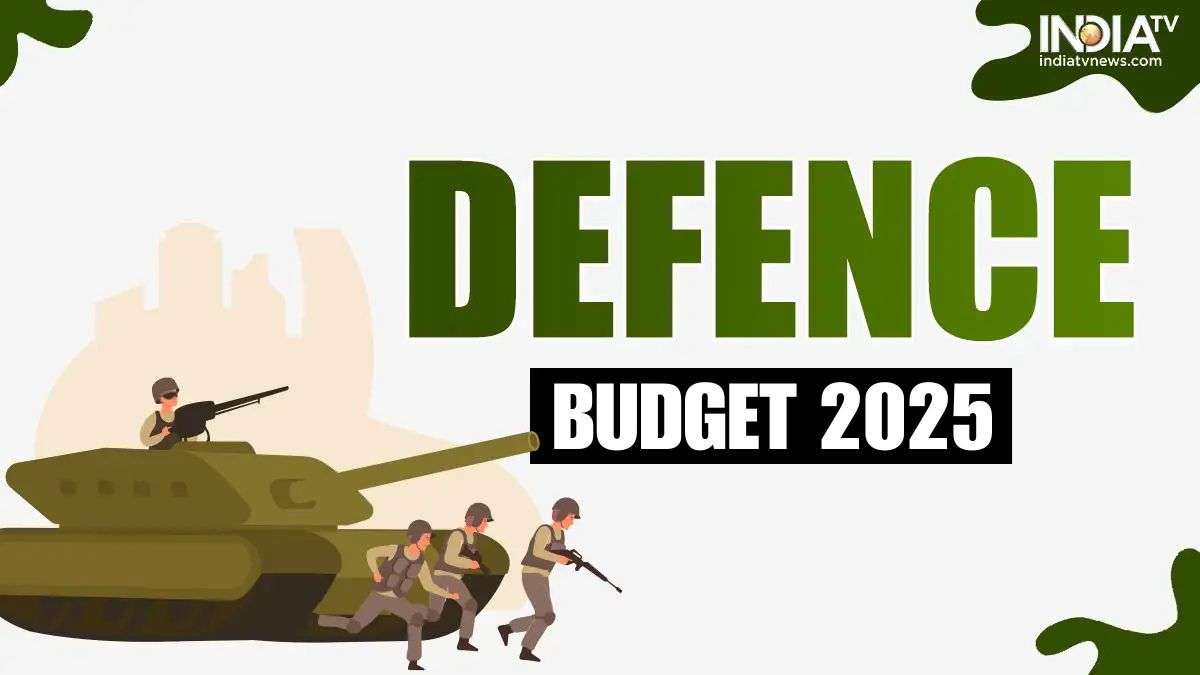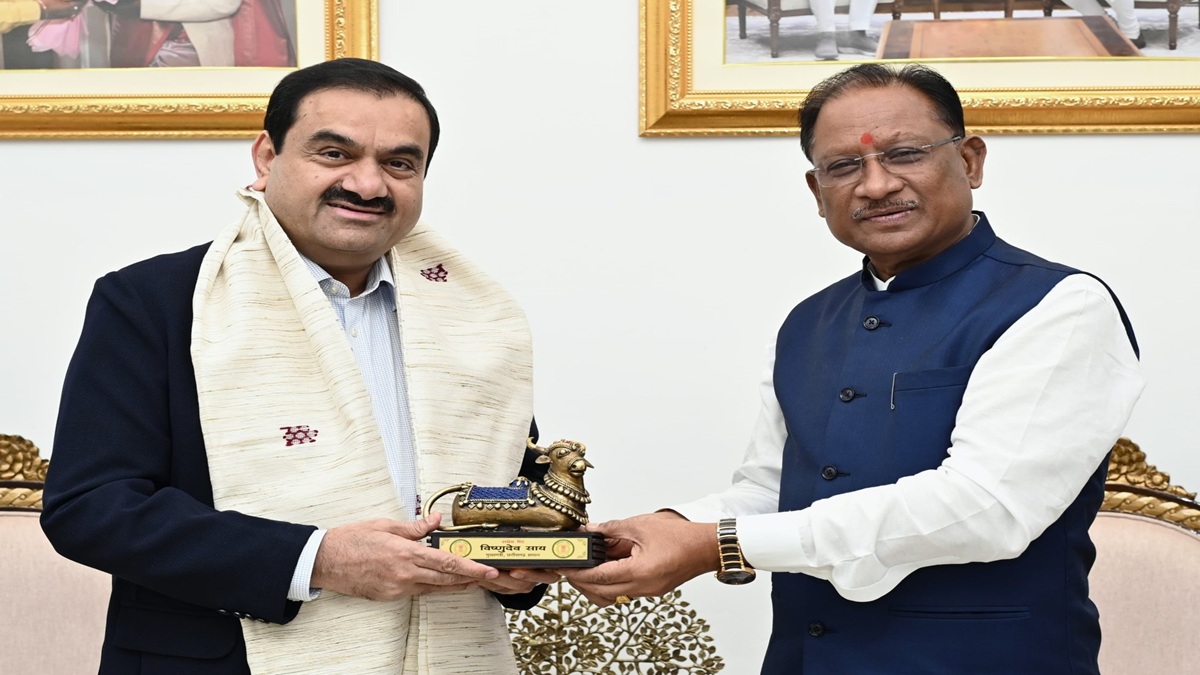Budget 2025: As Finance Minister Nirmala Sitharaman is gearing up to present the Union Budget 2025 in the Lok Sabha on February 1, the nation waits with bated breath for measures that address key economic and strategic priorities. While taxpayers anticipate relief through revised exemptions and deductions, another pressing concern demands attention: India’s defense budget.
In an era marked by geopolitical turbulence — from the Russia-Ukraine war to the Israel-Hamas conflict and rising tensions near India’s borders — global military spending has surged over the last few years. Despite being among the top military spenders globally, India’s defense expenditure remains under 2.5% of the GDP, falling short of the Standing Committee on Defence’s recommended 3%.
India spent 2.4% of its GDP on defense in 2022 and lags behind China, whose larger economy enables it to spend over 3.5 times more in absolute terms. This gap shows the challenge of ensuring robust military preparedness amid increasing threats. Fixed costs like pensions consume over 20% of the defense budget, further constraining modernization and expansion efforts. With India’s security environment demanding heightened vigilance, stakeholders are urging the government to prioritize defense allocations in order to enable the armed forces to address both conventional and emerging challenges effectively.
Below mentioned factors necessitates hike in defense budget:
Geopolitical tensions and border security
India continues to face complex security challenges along its northern and western borders. Persistent tensions with neighboring countries, including China and Pakistan, demand enhanced defense preparedness. Recent developments, such as repeated skirmishes along the Line of Actual Control (LAC) and infiltration attempts at the Line of Control (LoC), shows the need for robust investment in border infrastructure and advanced surveillance systems.
Modernization of armed forces
The Indian armed forces are also undergoing a critical phase of modernization to replace outdated equipment and systems with advanced technology. With a focus on achieving self-reliance through the Atmanirbhar Bharat initiative, there is a pressing need to invest in indigenous defense manufacturing, research, and development. Modernizing the three services — Army, Navy, and Air Force — is essential to maintain operational readiness and technological superiority.
Counterterrorism and internal security
In addition, India’s internal security challenges, such as insurgency in Jammu and Kashmir, left-wing extremism, and urban terrorism, require sustained investment in specialized equipment, personnel training, and intelligence operations. Strengthening paramilitary forces and law enforcement agencies with modern tools and resources is vital for maintaining internal stability.
Strengthening maritime security
India’s strategic interests in the Indo-Pacific region necessitate a stronger naval presence. Increasing Chinese activities in the Indian Ocean, including submarine deployments and the Belt and Road Initiative’s influence on neighboring countries, shows the importance of boosting maritime capabilities. A higher allocation would support initiatives like procuring advanced warships, submarines, and unmanned systems.
Meanwhile, with over 1.4 million active personnel and a significant veteran population, ensuring adequate welfare measures is crucial. Allocations for pensions, housing, healthcare, and skill development programs for defense personnel and their families must see an uptick.
ALSO READ: Budget 2025: Govt likely to increase DE railways budget by 18 per cent, focus on safety and infrastructure




